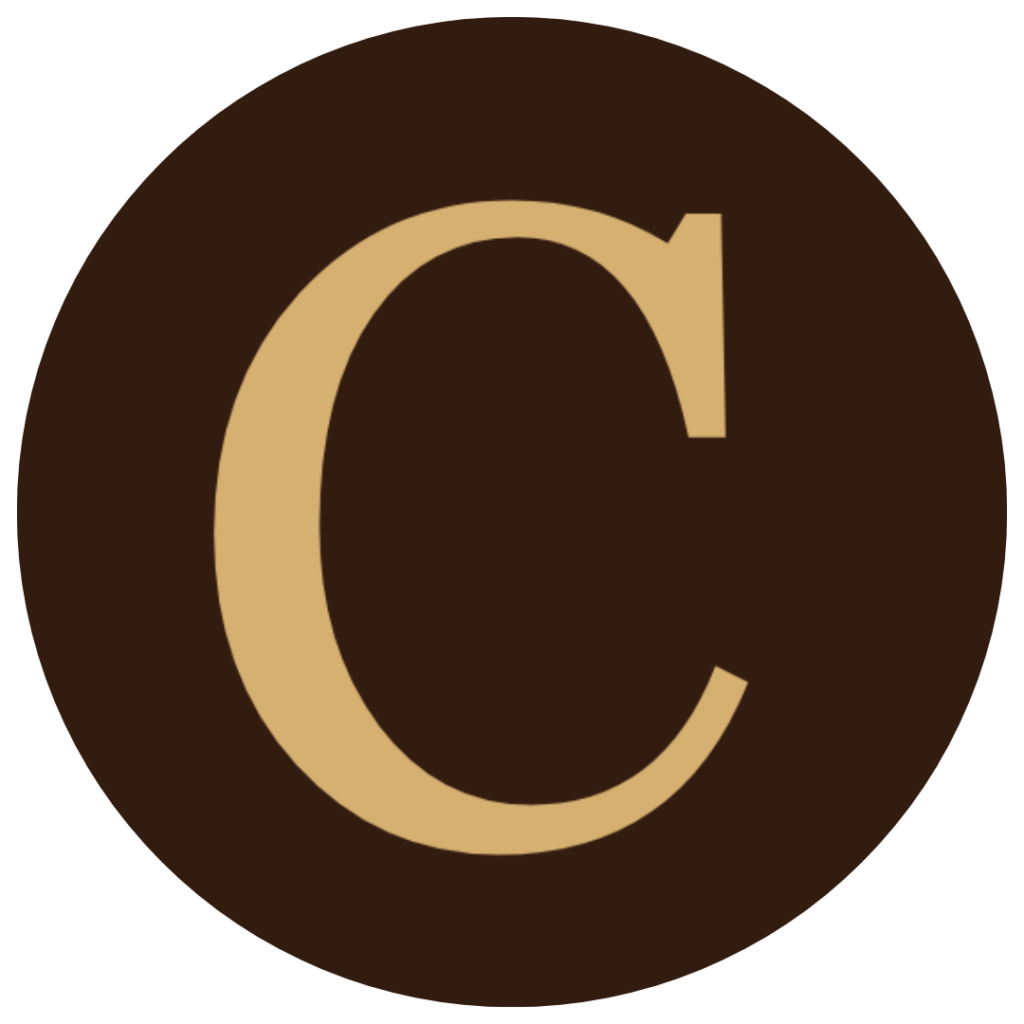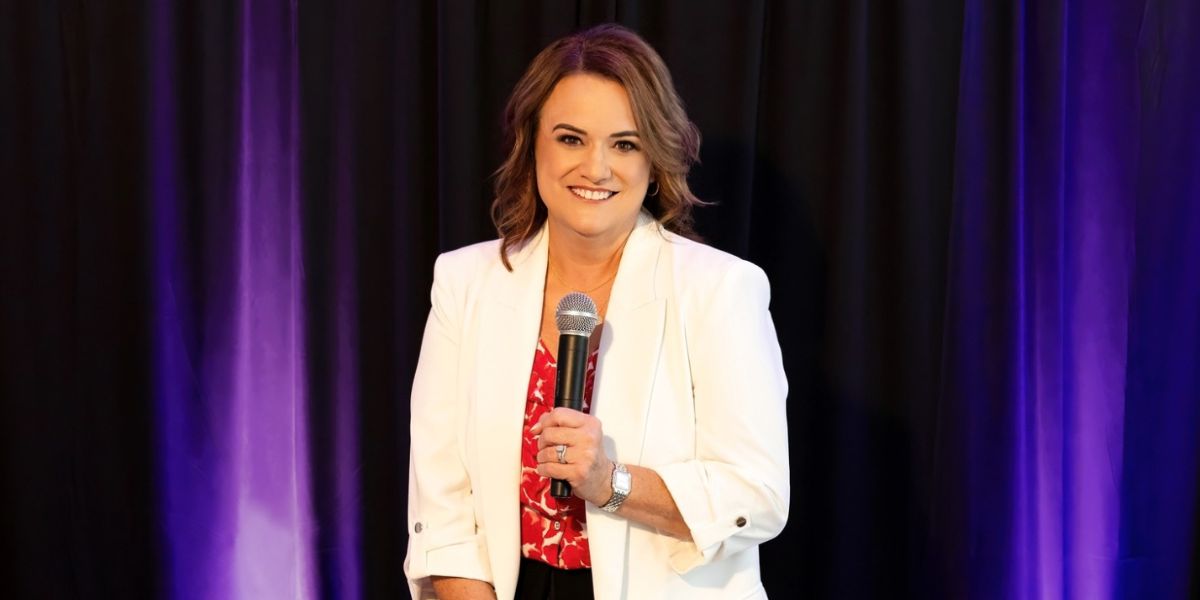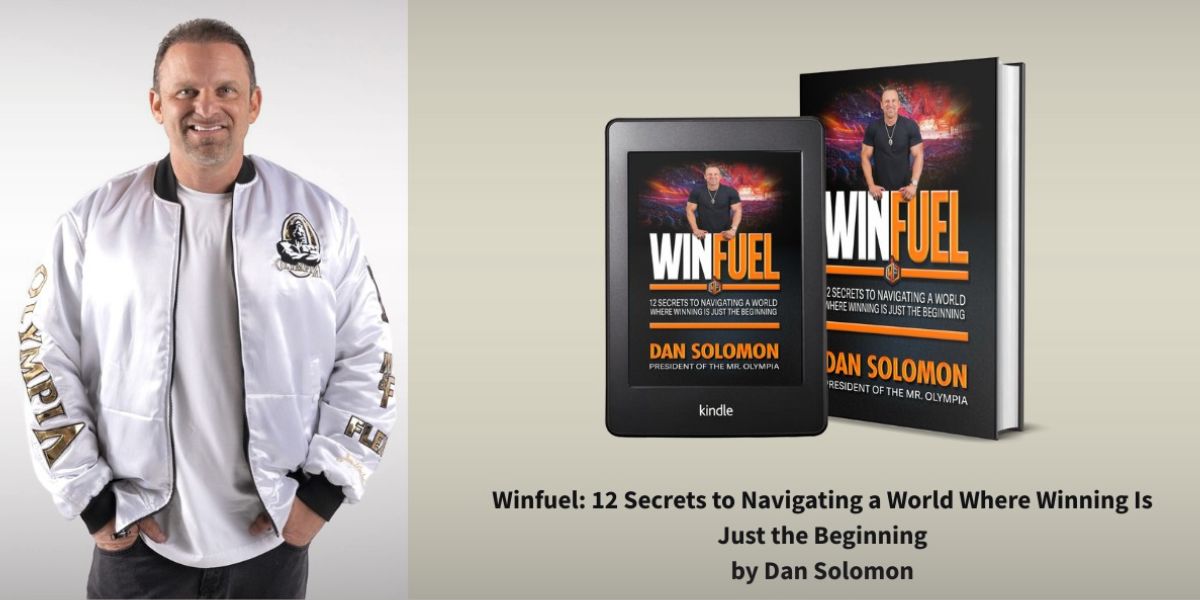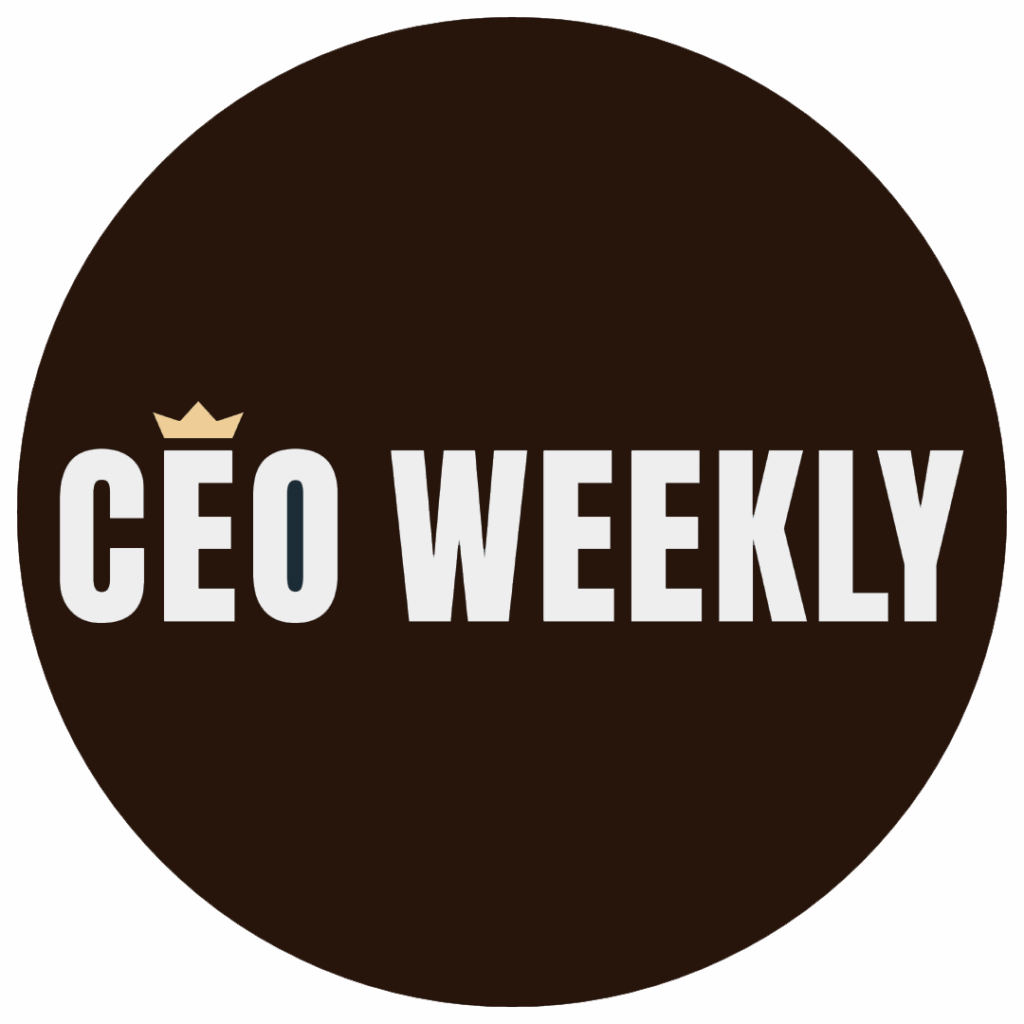By: Chloe Huang
For Callum Davies, founder of Illuminate Digitl, the difference between a product that lingers in obscurity and one that sparks a buying frenzy isn’t necessarily the number of features, the size of a discount, or even the novelty of the idea. It’s how the offer is framed.
Within his Knee Jerk Method™ for copywriting, Davies identifies the third stage as Impossible to Not Buy. By the time readers have been hooked by a headline and carried by a story, the offer must land with such precision that saying “no” feels increasingly difficult. It is here that persuasion turns into a natural progression.
Davies describes this stage as a form of alchemy—the transformation of a simple product into a status symbol, an identity choice, or even a point of pride.
Beyond Discounts and Bonuses
Too often, businesses treat offers as an equation: stack a few bonuses, slash the price, and hope scarcity triggers urgency. While these tactics may occasionally drive short-term sales, Davies warns they may not create lasting impact.
An effective offer, he argues, isn’t about piling on more—it’s about making the purchase feel essential to the buyer’s self-concept. When customers believe that owning the product could elevate them, validate their intelligence, or signal something about their values, resistance often evaporates.
“People don’t brag about a 20% discount,” Davies notes. “They brag about how smart they were to seize an opportunity others might have missed.”
The Psychology of Status

Humans are wired to seek social proof and validation. Anthropologists have long observed that across cultures, people use symbols—whether clothing, possessions, or experiences—to signal belonging and achievement.
Davies applies this truth to offers. A strong offer doesn’t just solve a problem; it may enhance status. The buyer could feel proud, even superior, for making the decision. In parallel, not buying triggers the opposite effect: a gnawing sense of missing out or even foolishness.
This dual pressure—status elevation through action, status loss through inaction—creates the irresistible tension that defines the third stage of the Knee Jerk Method™.
Anatomy of an Irresistible Offer
Davies distills offer creation into several principles that can elevate products into must-haves:
Relevance to the Story
The offer must feel like the natural resolution to the narrative that carried the reader to this point. Disconnection here can break the spell.
Clarity of Outcome
Buyers must instantly grasp what they will gain. Ambiguity may kill momentum; specificity tends to fuel confidence.
Identity Connection
The offer should allow buyers to see themselves differently—more capable, more informed, more accomplished.
Reputation Factor
People should feel proud to share the purchase, whether by telling friends, posting online, or quietly knowing they made the “smart” move.
Regret Avoidance
A strong offer doesn’t just highlight benefits; it illuminates the cost of inaction. What will buyers miss out on? How will they feel if others move ahead without them?
Case in Point: Everyday Luxury
Davies often illustrates this principle with examples from consumer culture. Why do people pay premium prices for handbags, sneakers, or tech devices when cheaper alternatives exist? It isn’t functionality alone. Its identity. Owning the item could signal something about taste, intelligence, or belonging.
For copywriters, the lesson is clear: frame the offer so that purchasing feels like an upgrade to identity. It’s not just about having a solution—it’s about being the kind of person who chooses it.
The Hidden Role of Emotion
One of Davies’ recurring themes is that logic informs but emotion drives. In the offer stage, this becomes especially evident. Buyers don’t calculate value as though balancing a spreadsheet. They feel it.
Excitement, relief, pride, even anticipation of bragging rights—all of these emotional drivers may converge to tip the decision. The role of the copywriter is to orchestrate these emotions into a crescendo that peaks at the buy button.
Mistakes That Undermine Offers
Even experienced marketers fall into traps that weaken their offers. Davies highlights three common errors:
- Overcomplication – Packing too many elements into the offer, overwhelming rather than enticing.
- Misaligned Bonuses – Throwing in extras that don’t directly amplify the core value proposition, diluting the perceived value.
- Transactional Framing – Presenting the offer as a mere exchange of money for goods, rather than a transformation.
The solution, he insists, is discipline. Every element of the offer should sharpen, not blur, the reader’s sense that this decision is both urgent and identity-defining.
The Professional Lesson
For professionals beyond marketing, Davies’ focus on offers carries a deeper insight: opportunities themselves are offers. Leaders must present visions in ways that make saying “yes” feel both inevitable and rewarding. Entrepreneurs must craft proposals that elevate their partners’ status, not just their bottom line.
The principle of “impossible to not buy” extends into negotiations, partnerships, and even personal growth. In every arena, the question remains the same: does this choice make me feel smarter, stronger, and more aligned with who I want to be?
Offers as Turning Points
The final nuance in Davies’ teaching is that a powerful offer doesn’t just close a sale—it opens a new chapter. The buyer steps into a different reality. Their decision changes their trajectory, whether by solving a problem, unlocking potential, or redefining identity.
This is why he frames the offer stage as alchemy. It transforms not only the product in the eyes of the buyer, but the buyer in their own eyes.
Closing Thought
In the world of copywriting, the offer is more than a pitch—it is a mirror. It reflects back to readers the person they hope to become.
By mastering the art of offer alchemy, Callum Davies reminds professionals that sales are not about pressure, but about alignment. When the product, the narrative, and the buyer’s identity converge, the decision becomes instinctive.
At that moment, saying “yes” isn’t just logical. It’s a natural choice.









